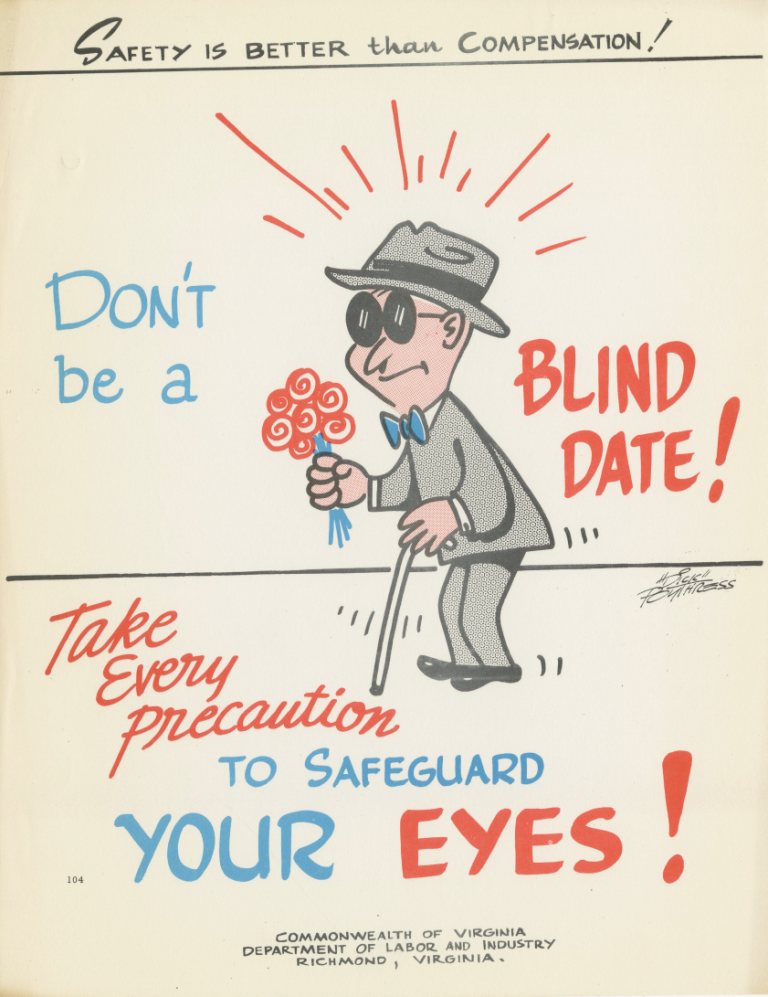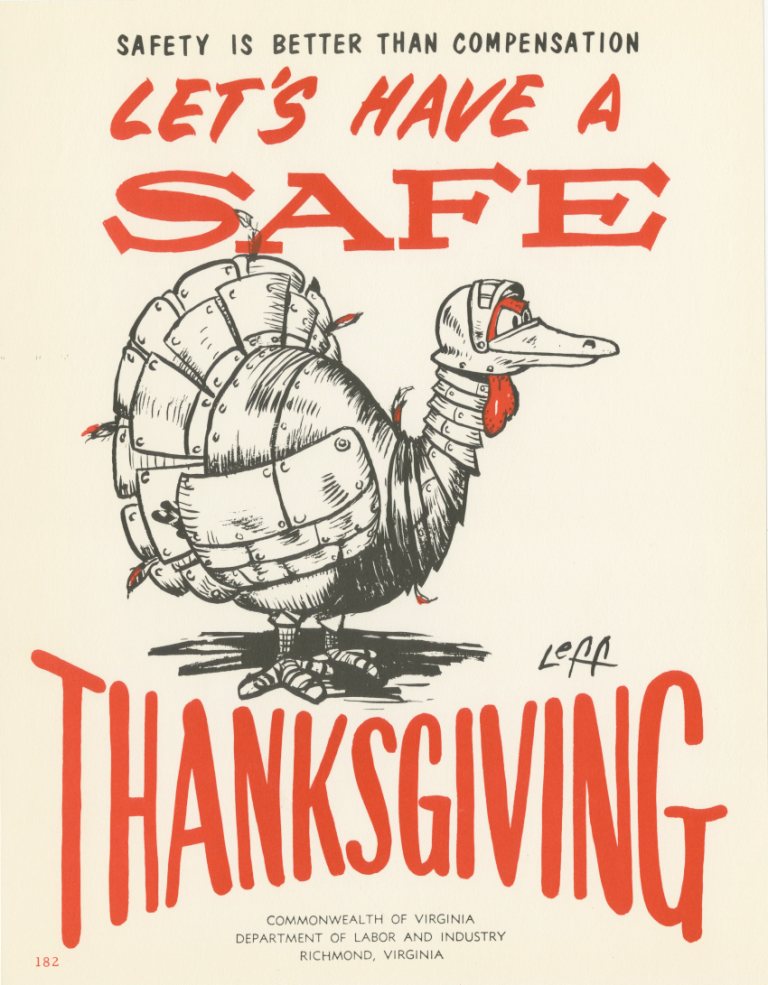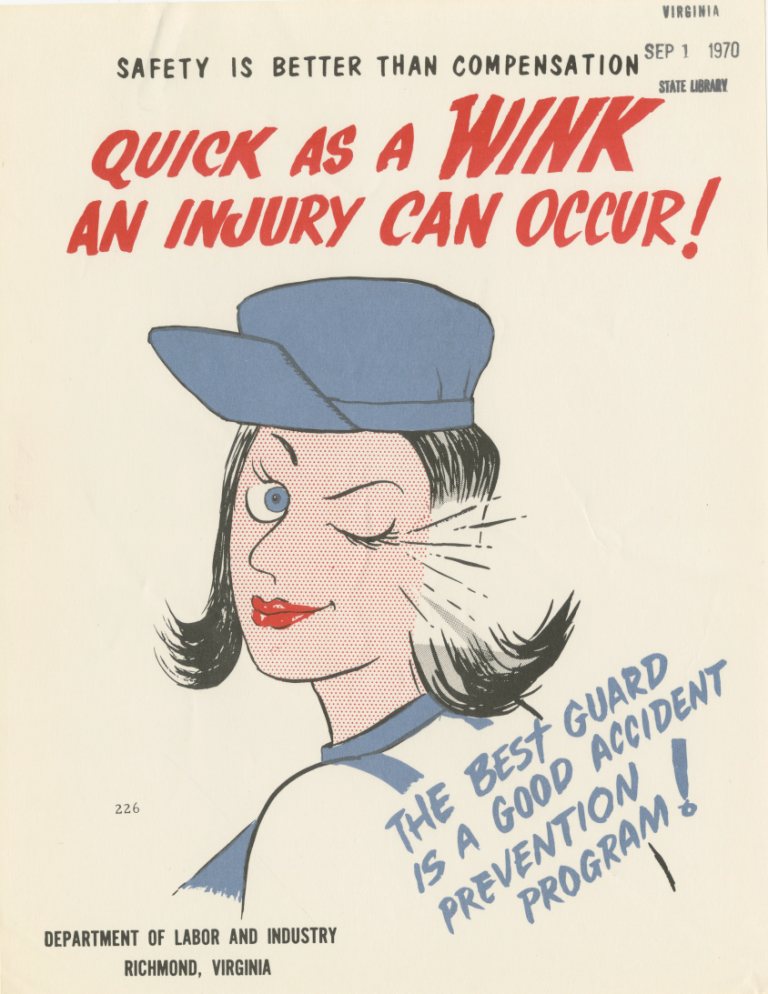Carney Christie Scrapbook and Ephemera Collection
C1: 123
ca.1900–1930
Four scrapbook albums, two photograph albums with 200+ photos, mixed ephemera
Unlike many of our Prints and Photographs Collections holdings, which derive from individual artists, photographers, and agencies, the Carney Christie Collection derives from many sources—family photos, postcards, handwritten correspondence (on hotel stationary), theater programs, newspaper clippings, and other ephemera—which dovetail into a mixed media portrait of an individual man.
A graduate of Staunton Military Academy, the actor Carney Pitcher Christie (1887–1932) gained early and enduring professional success on Broadway, perfecting the role of Pietro in Edward Locke’s comedy The Climax. Christie was the son of a prominent West Virginia druggist and brother to Mary Christie, a music teacher and sought-after pianist (and presumed assembler of the materials in our collection) with whom he often collaborated on popular “interpretive recitals” of Shakespeare, Sheridan, and Thomas Nelson Page. The family maintained residences in Richmond and Brooklyn, and a summer home in the resort town of Palmer Lake, Colorado, and Christie corresponded with them, especially Mary, during his theatrical tours all over the United States. According to one theater reviewer, he was “the very incarnation of buoyant youth.” About 1928, however, a “nervous collapse” forced Christie to quit touring and instead teach acting at the Leland Powers School in Boston. He later moved to Richmond to live with his … Read the rest
Carney Christie Scrapbook and Ephemera Collection Read More »





